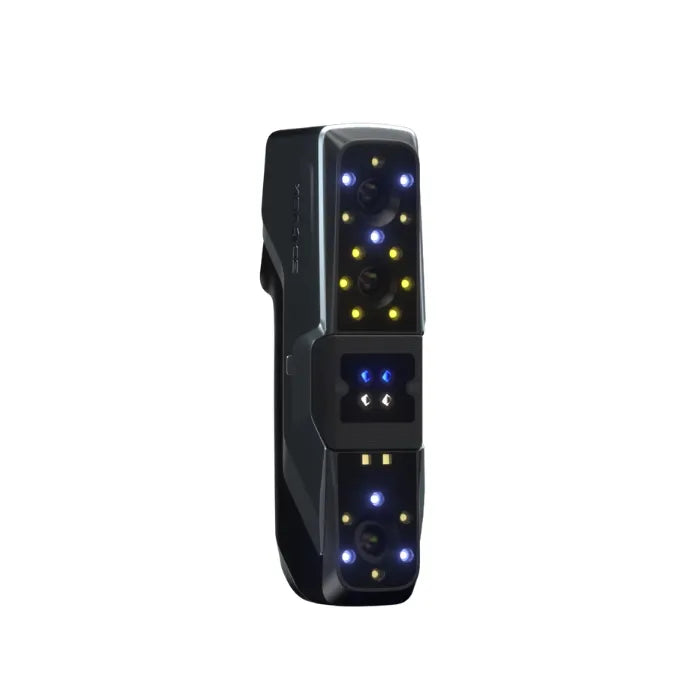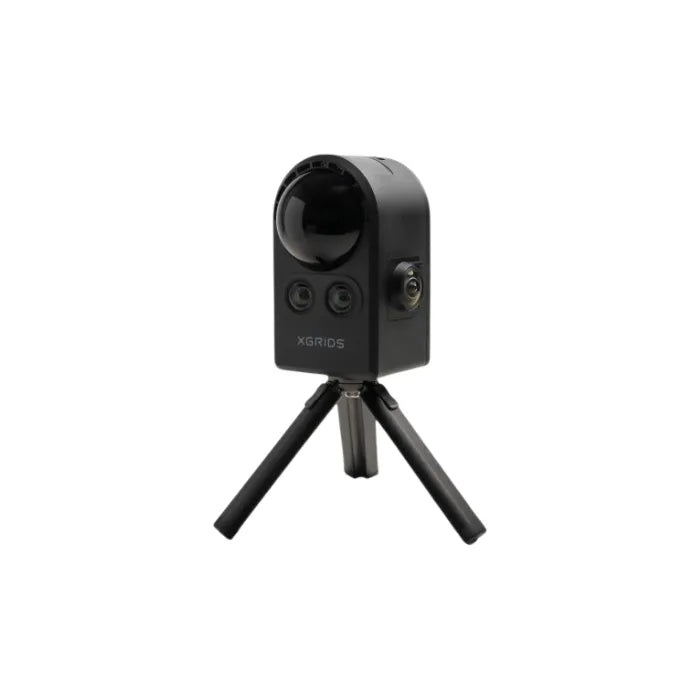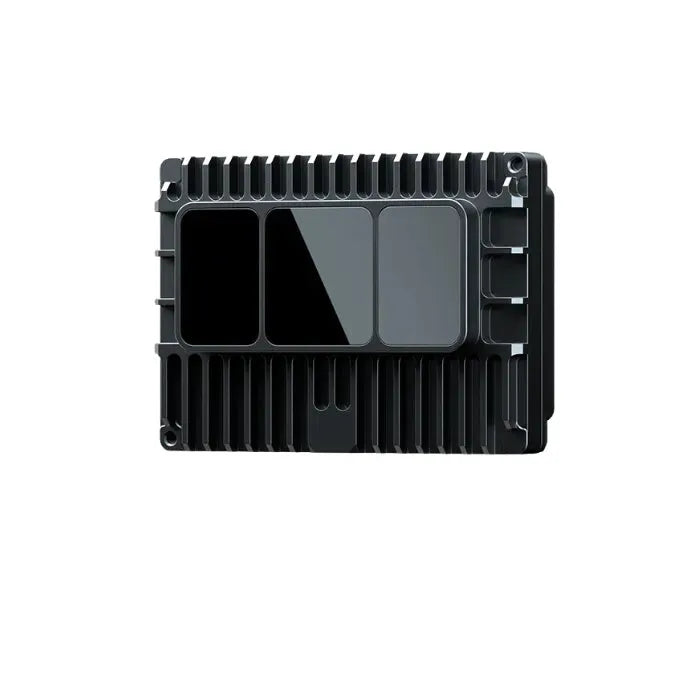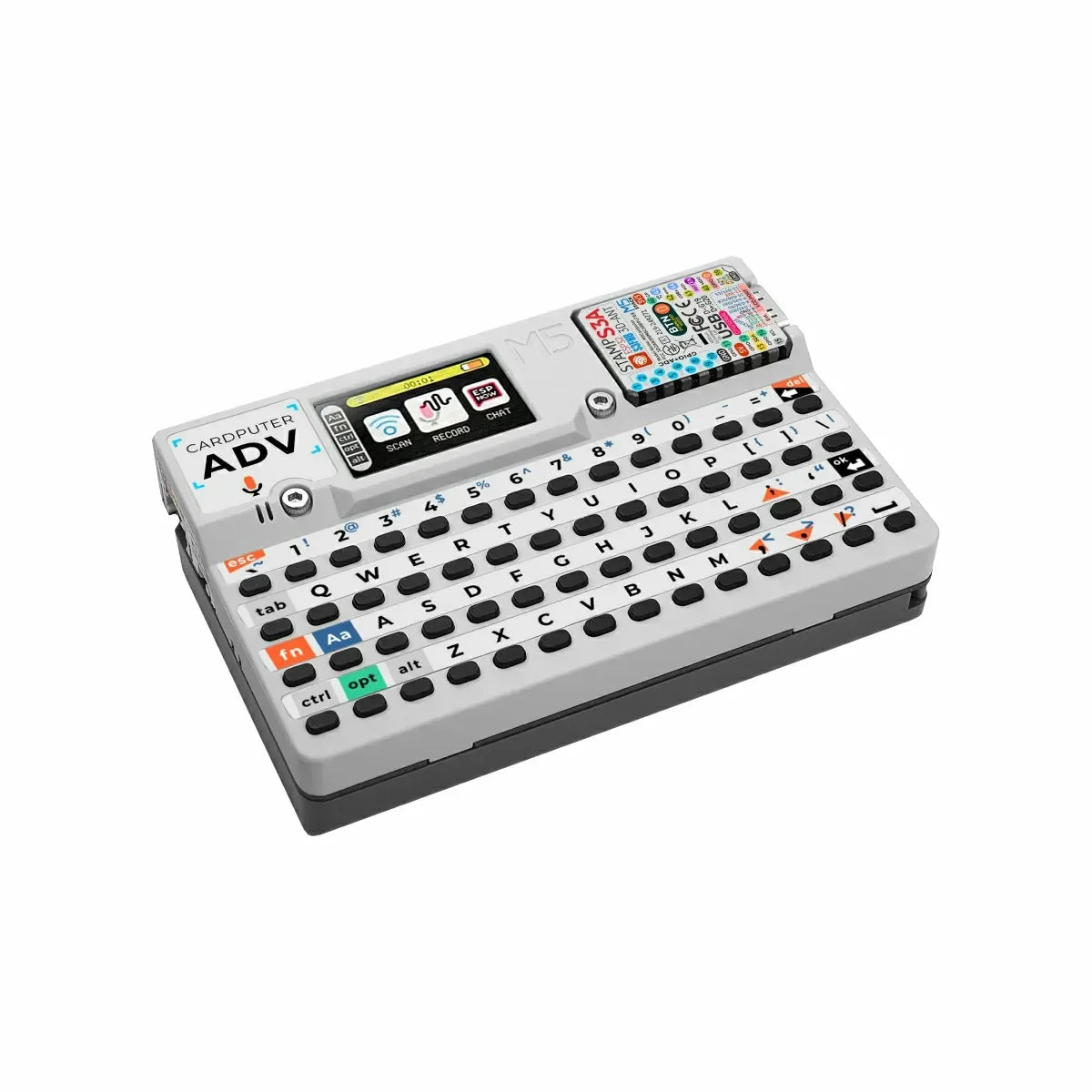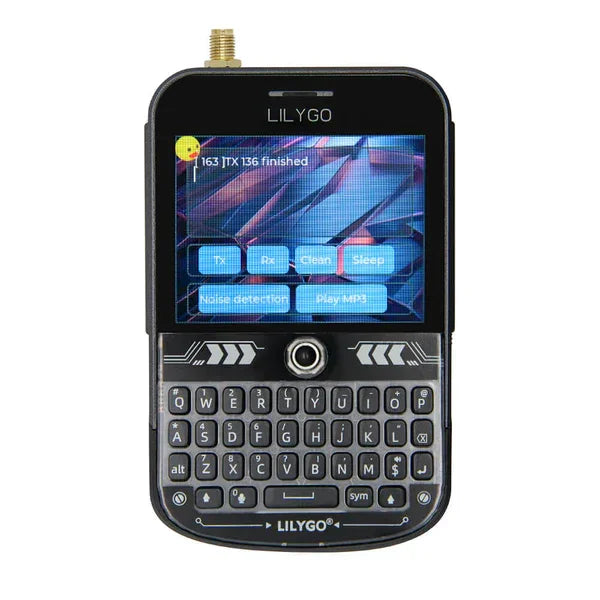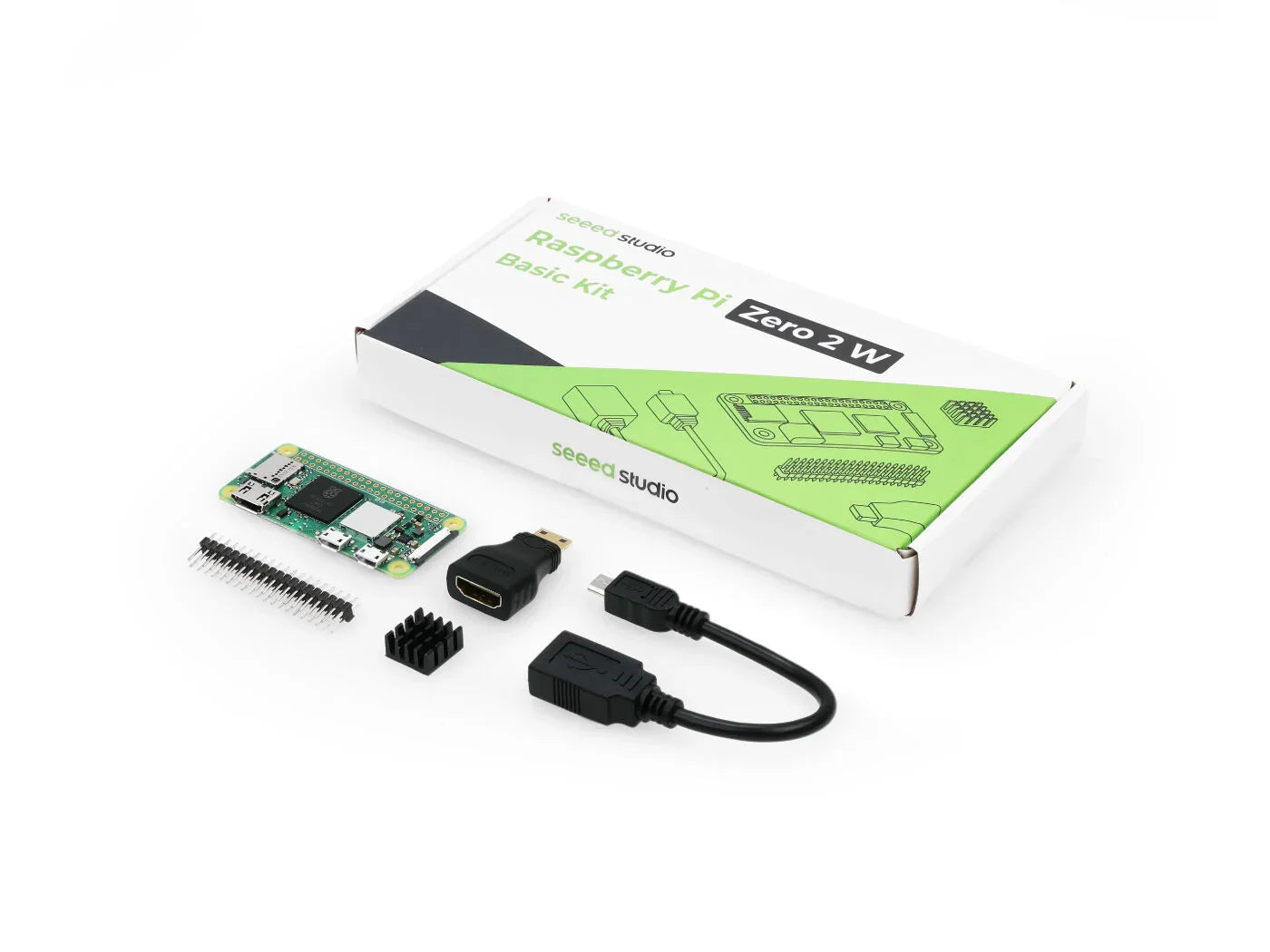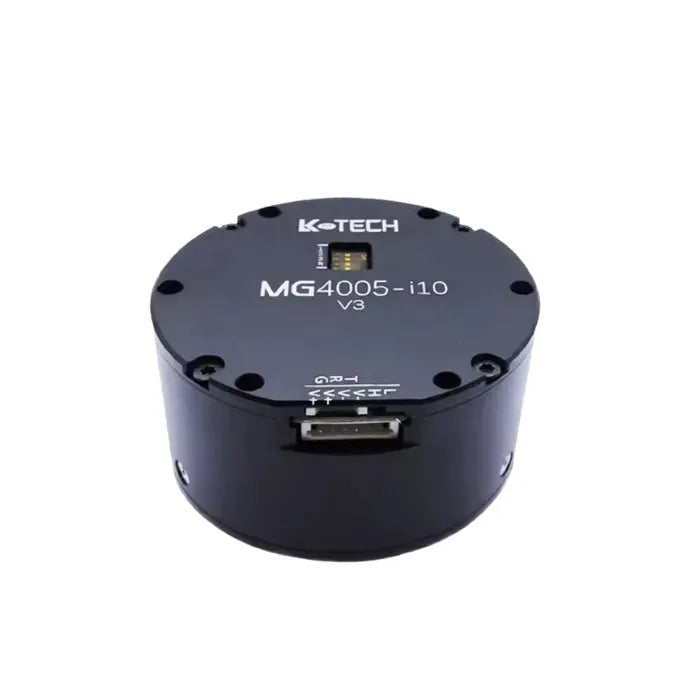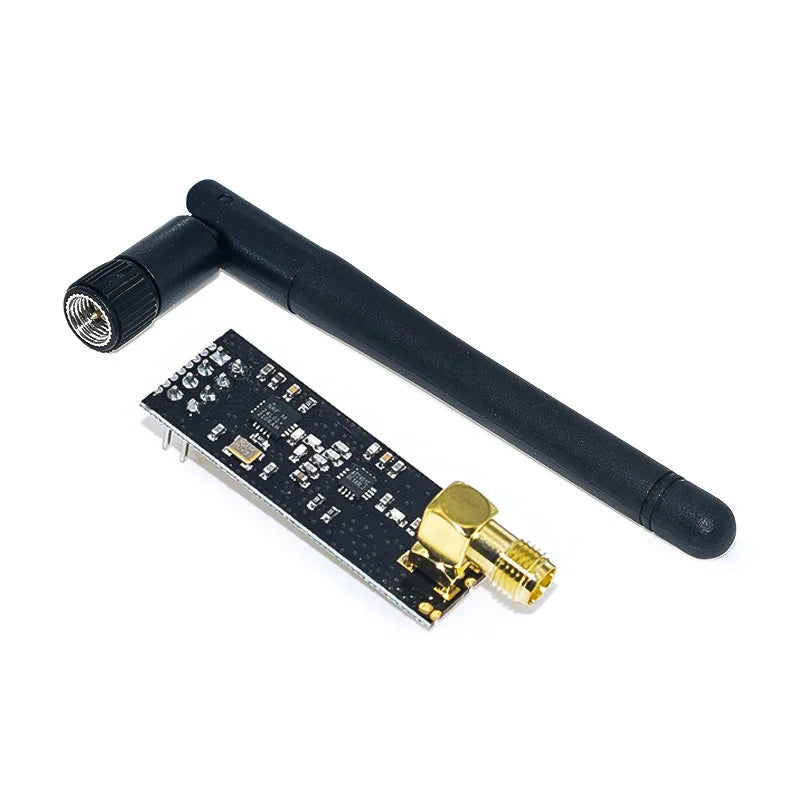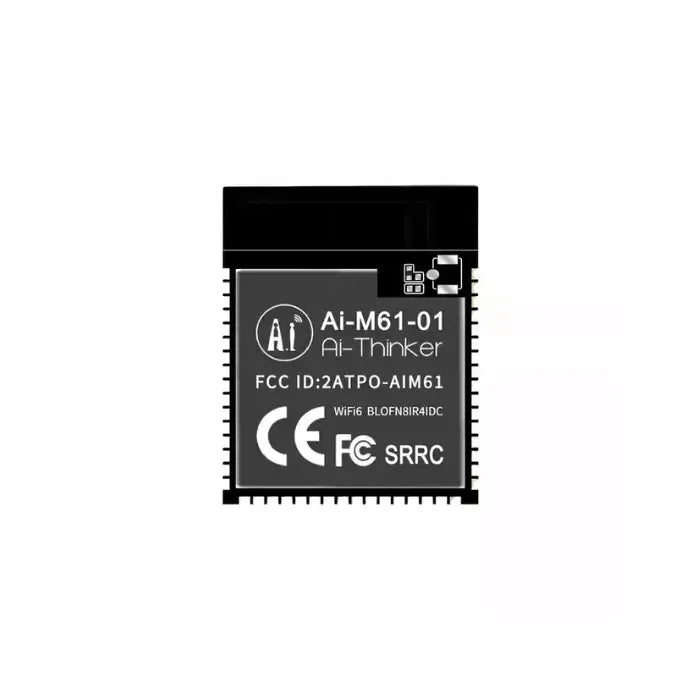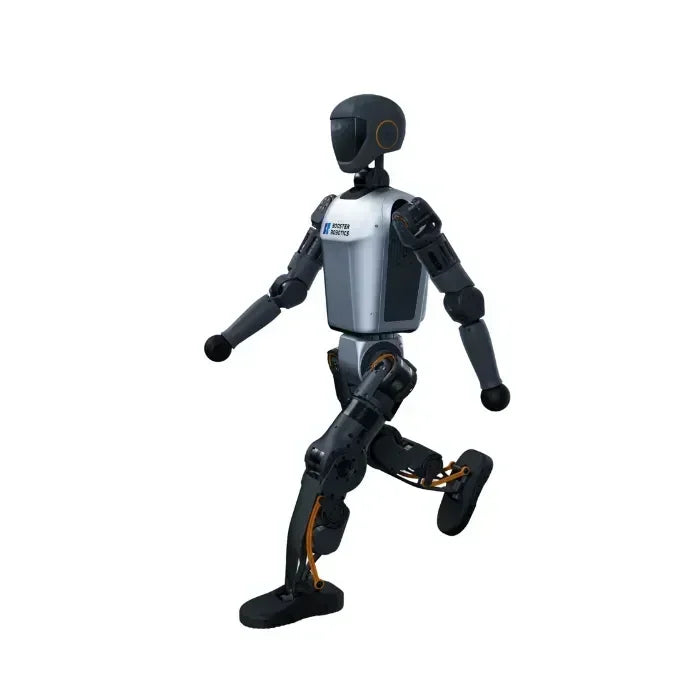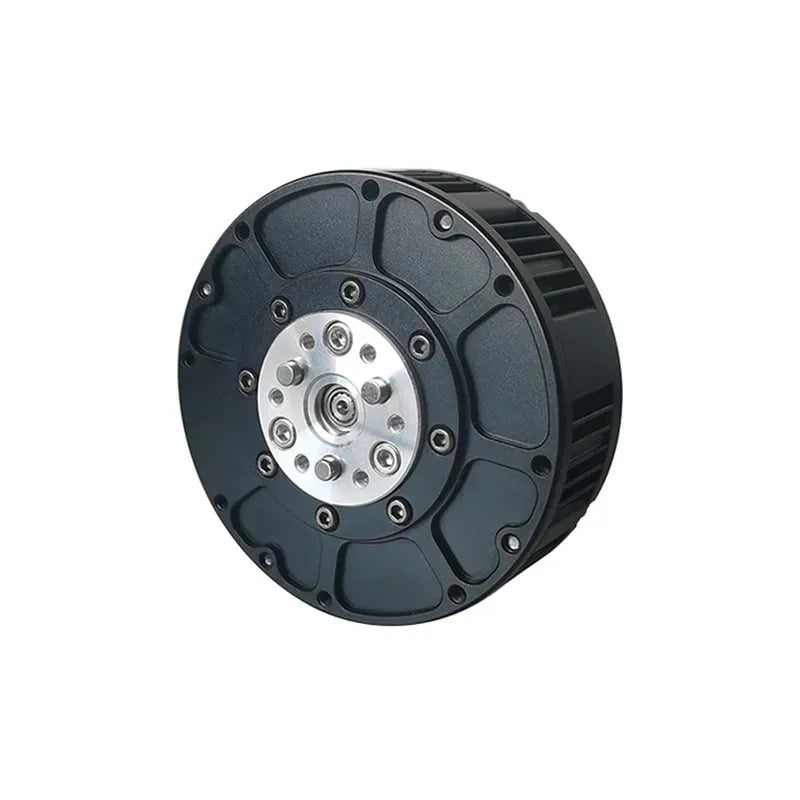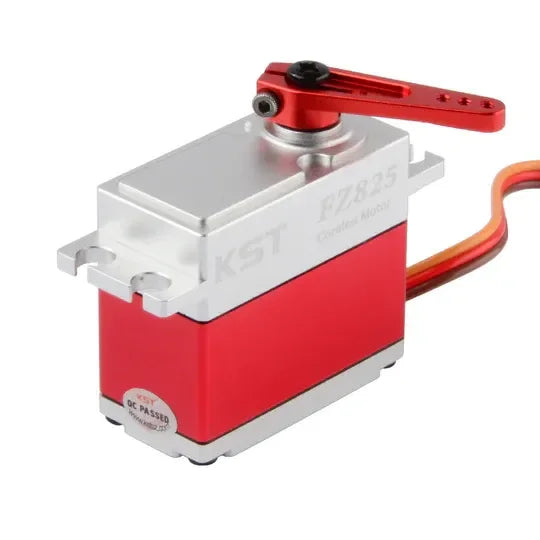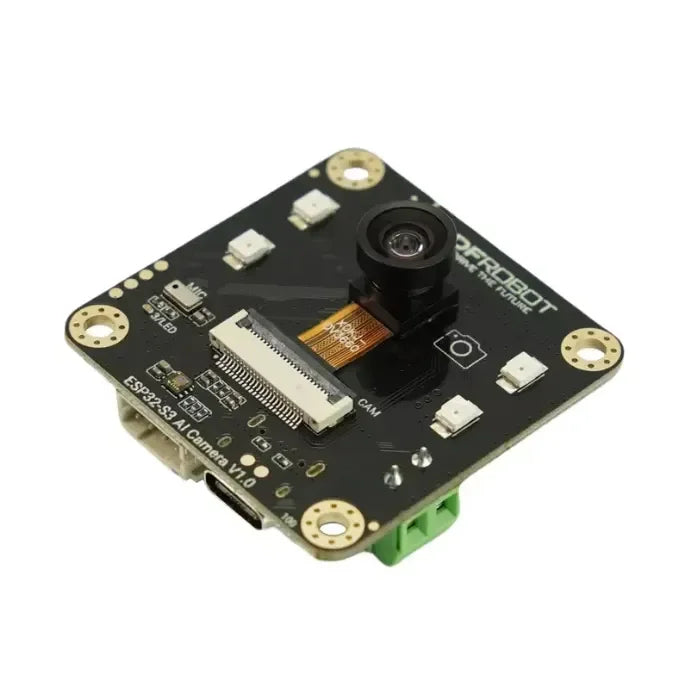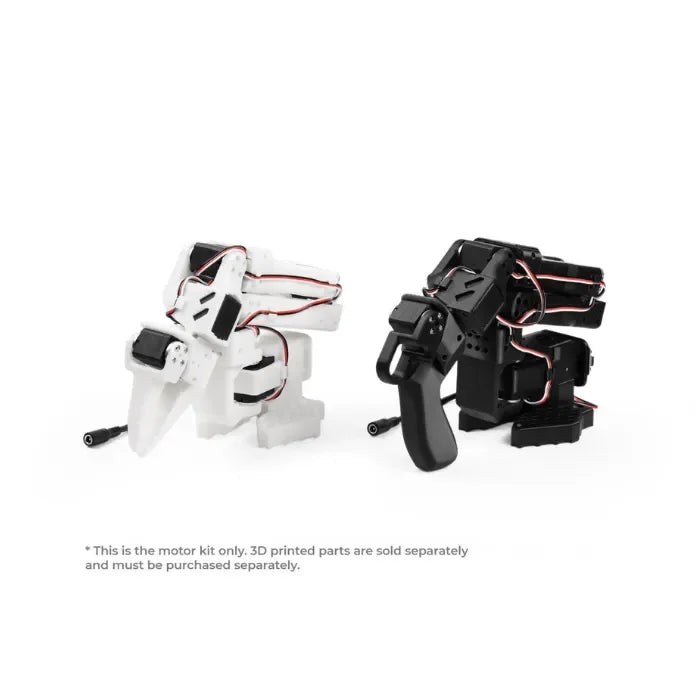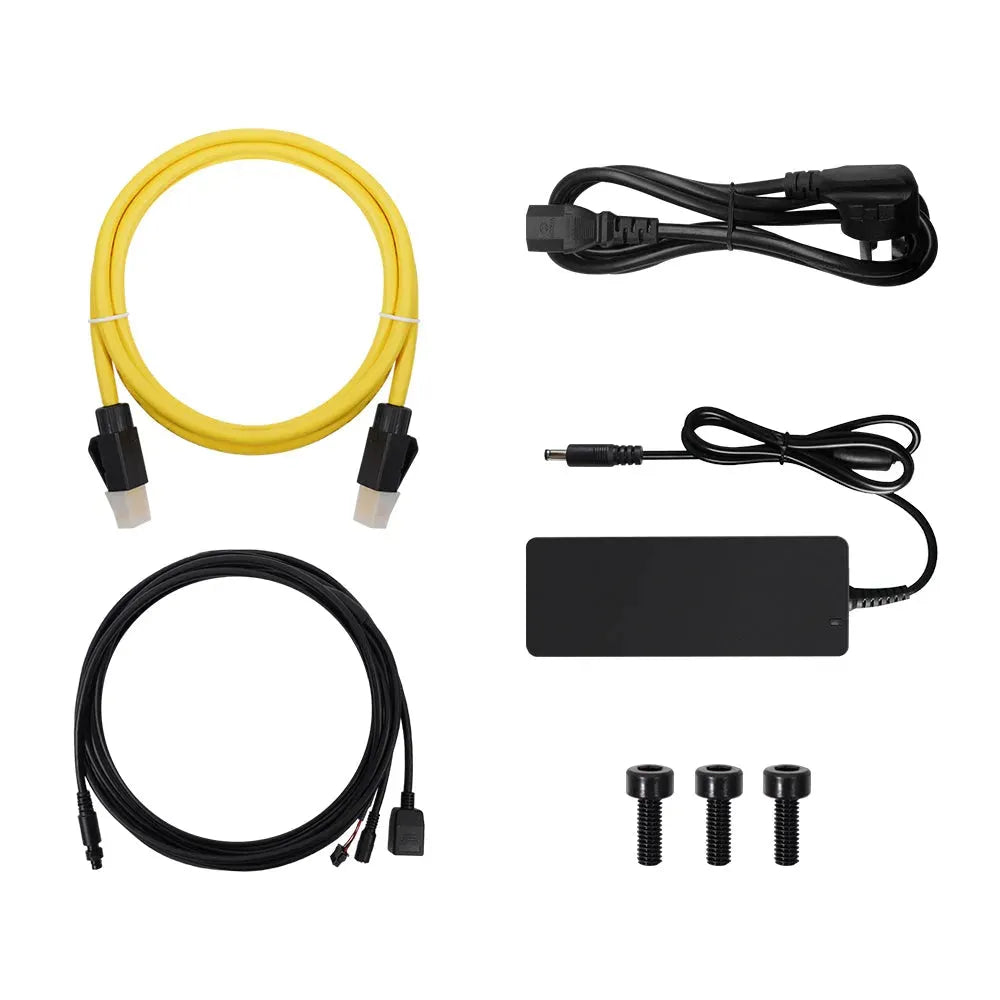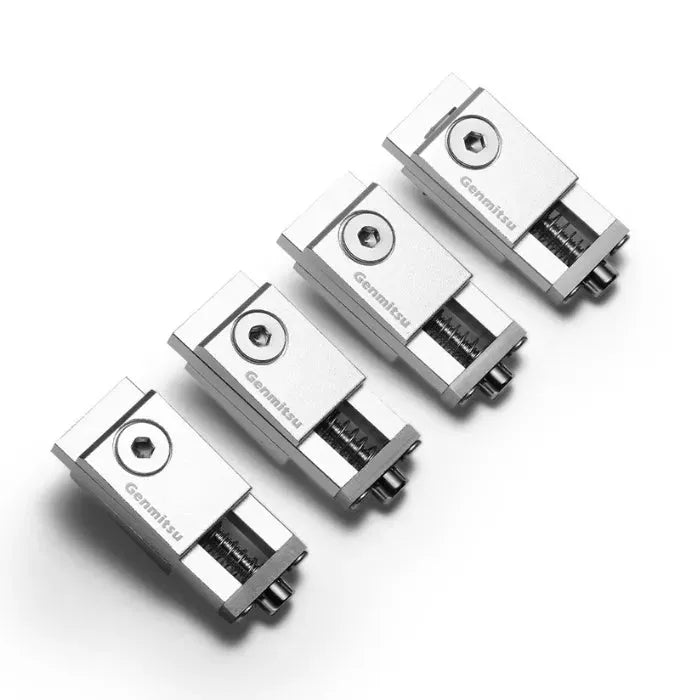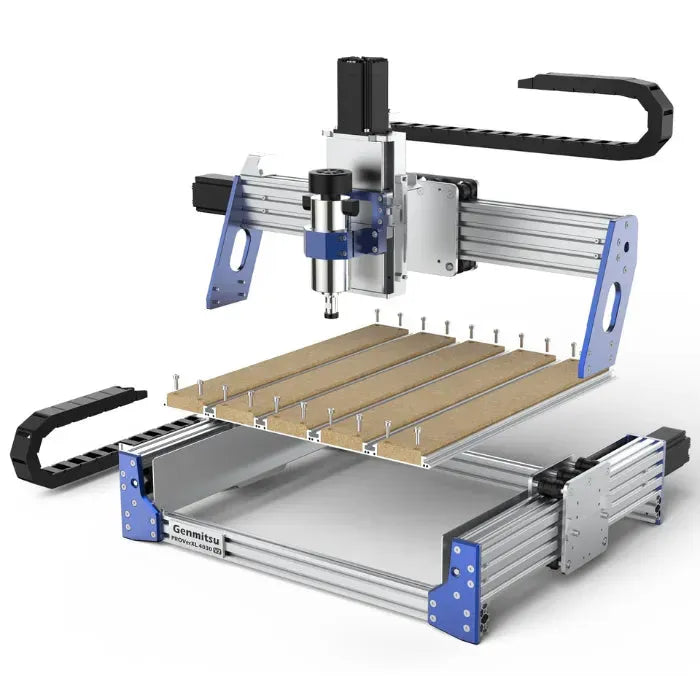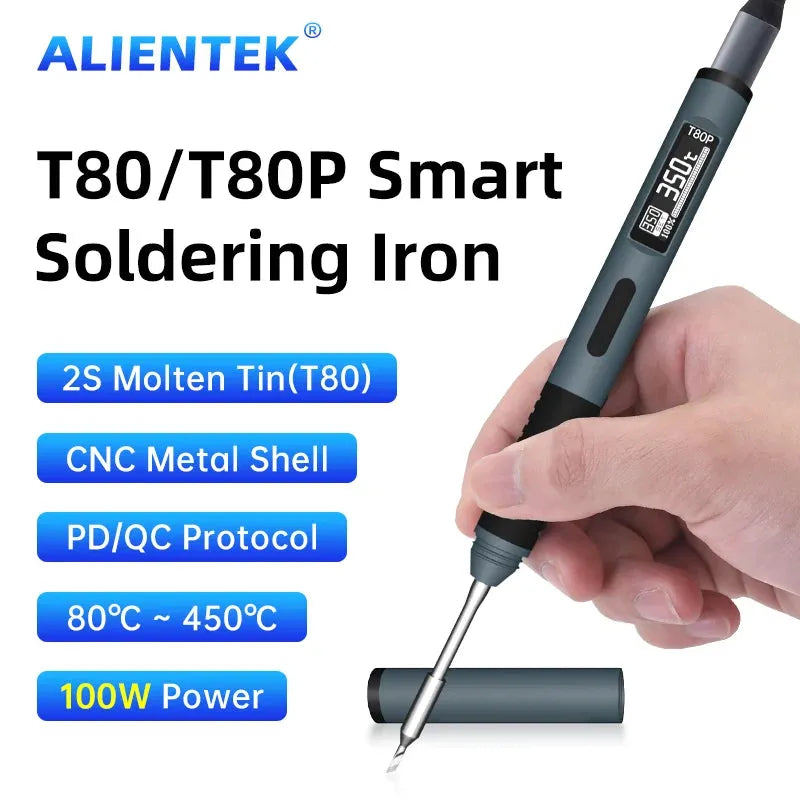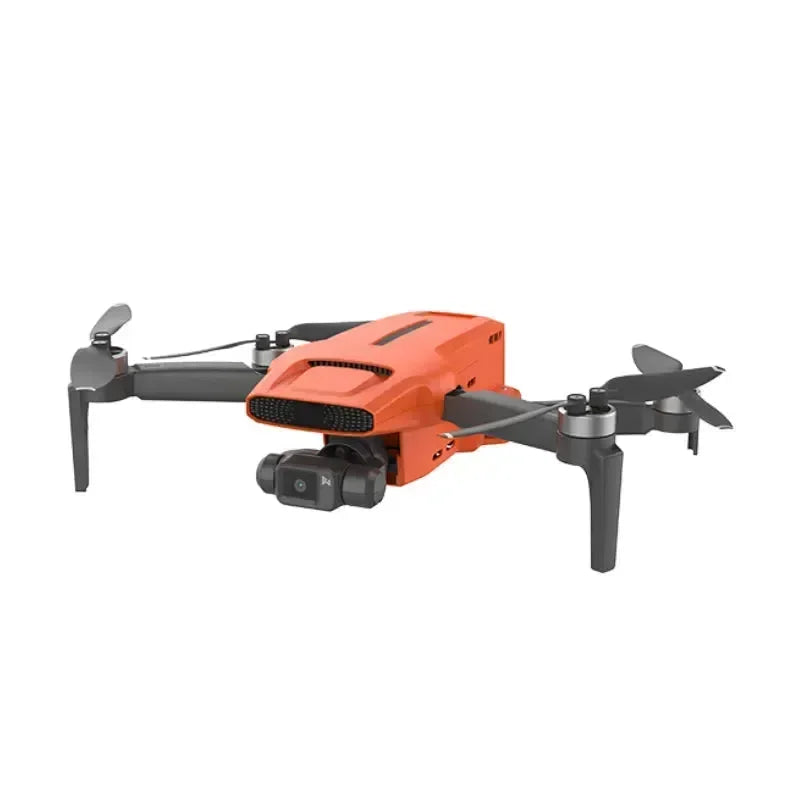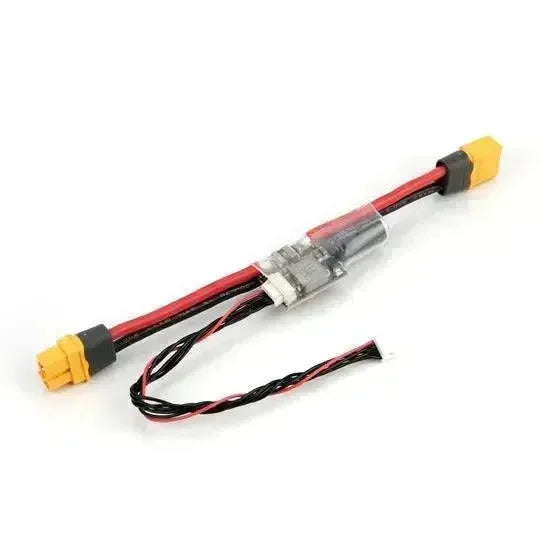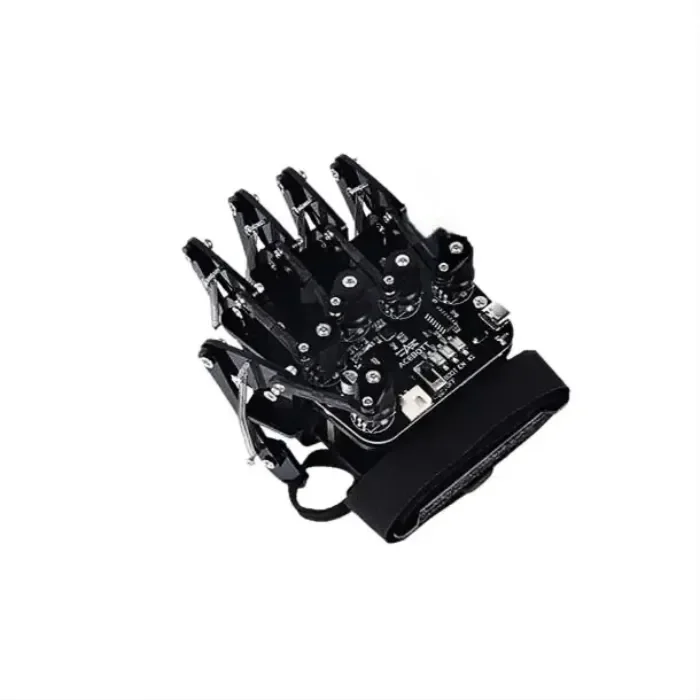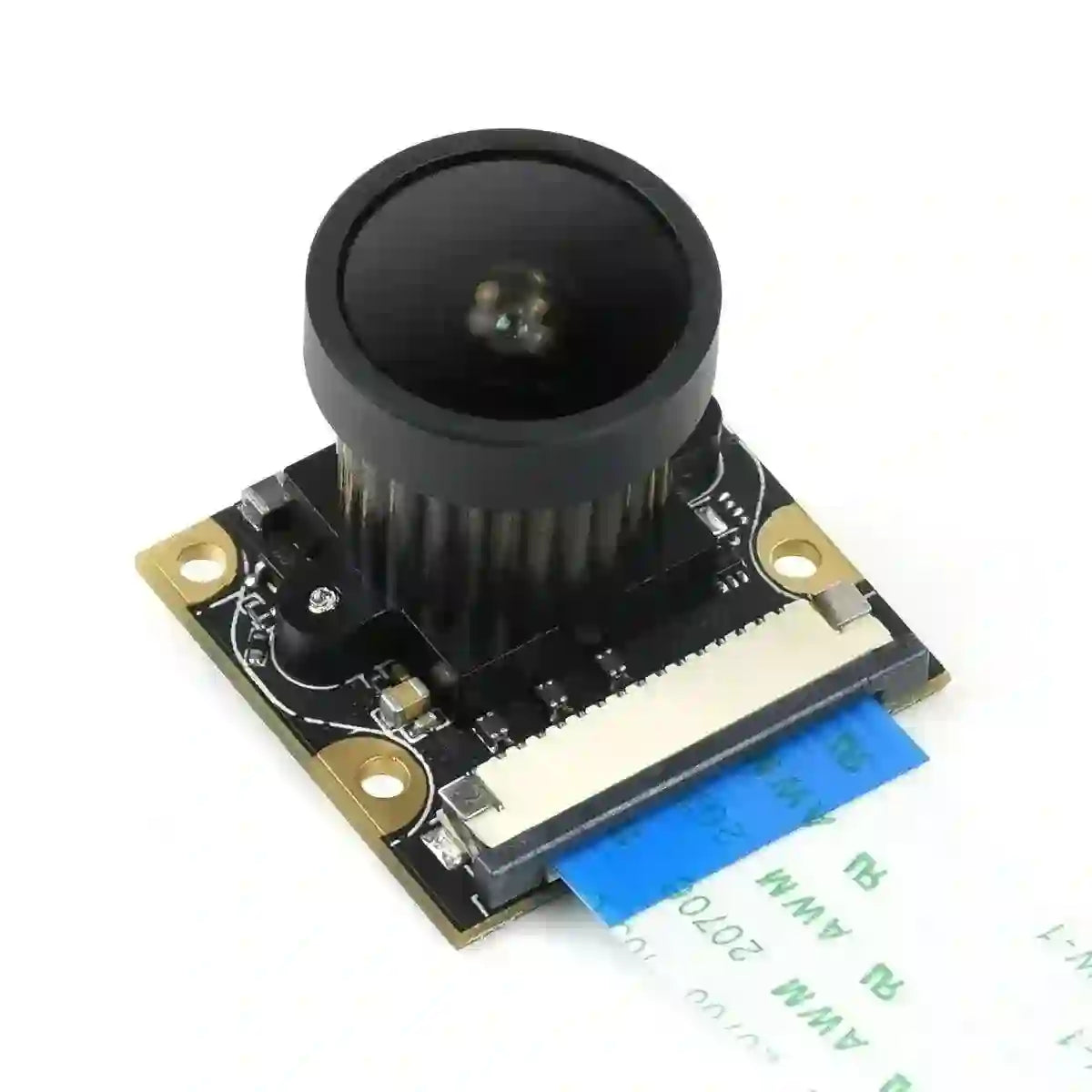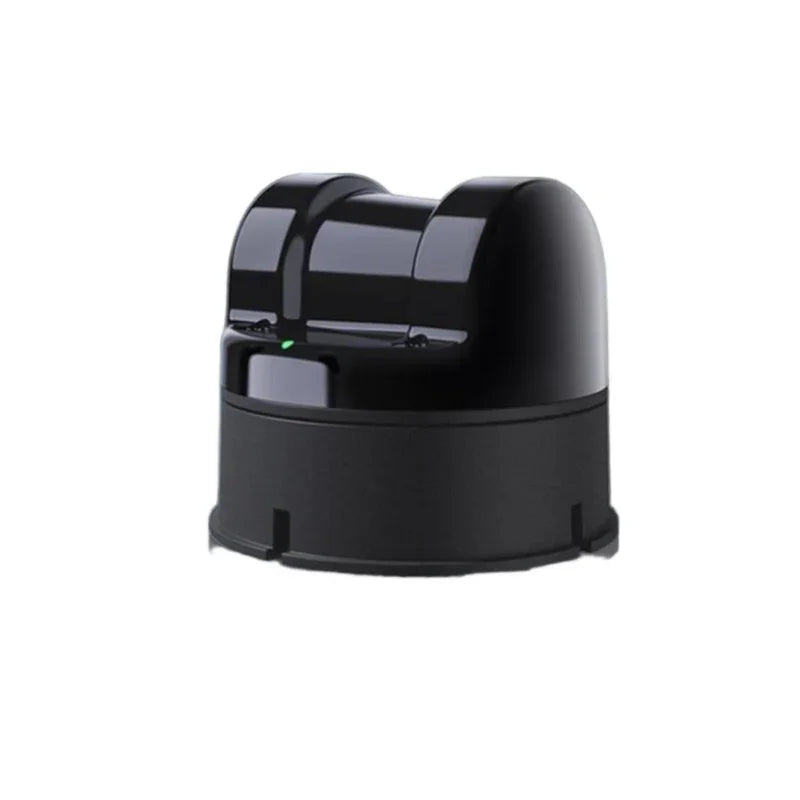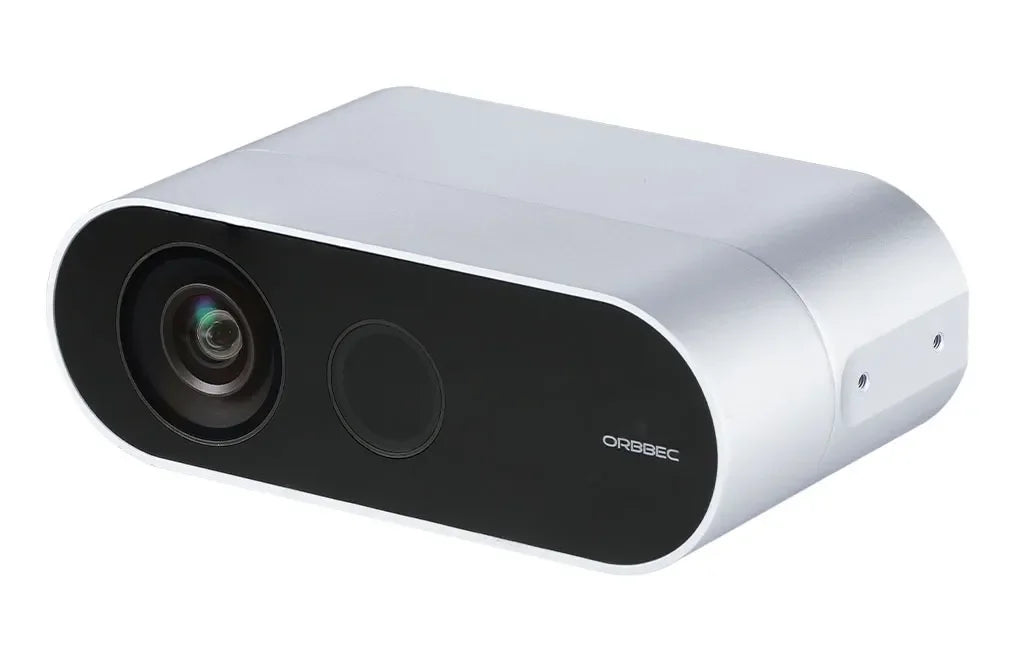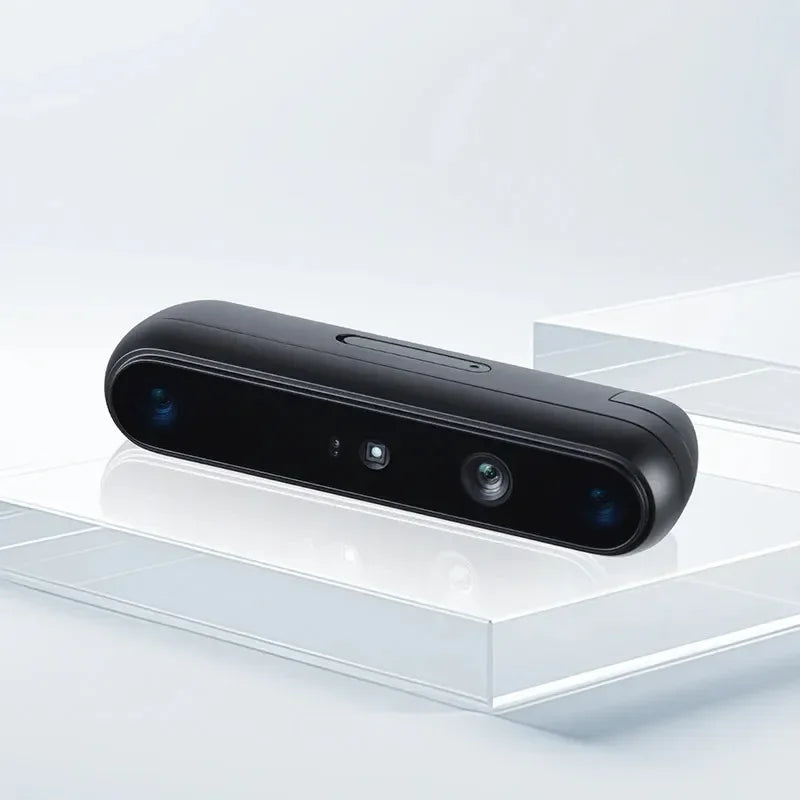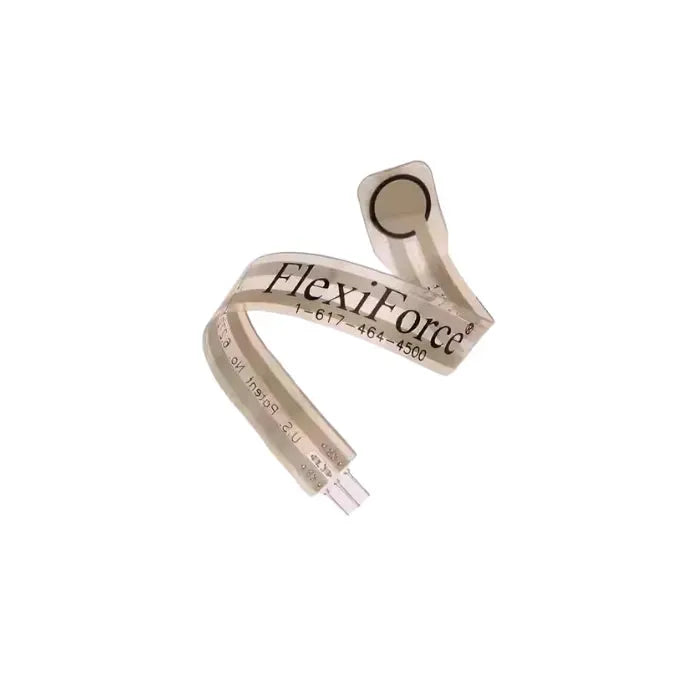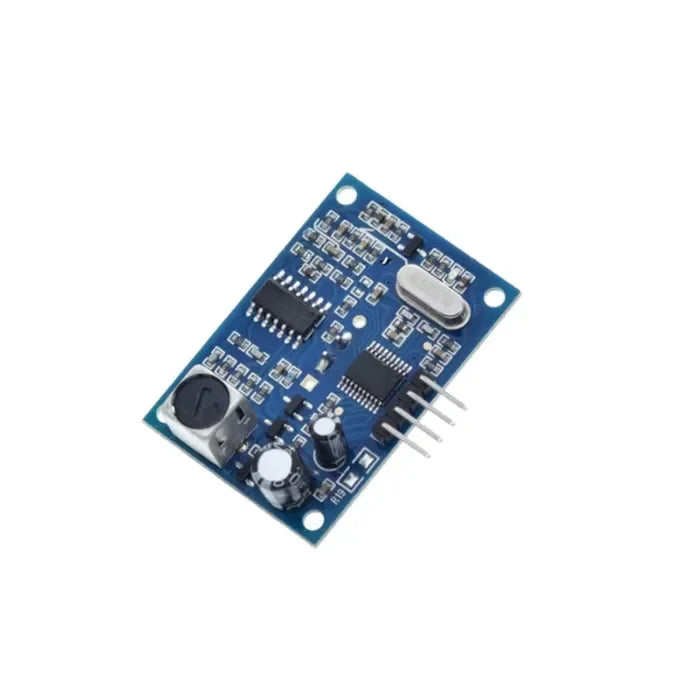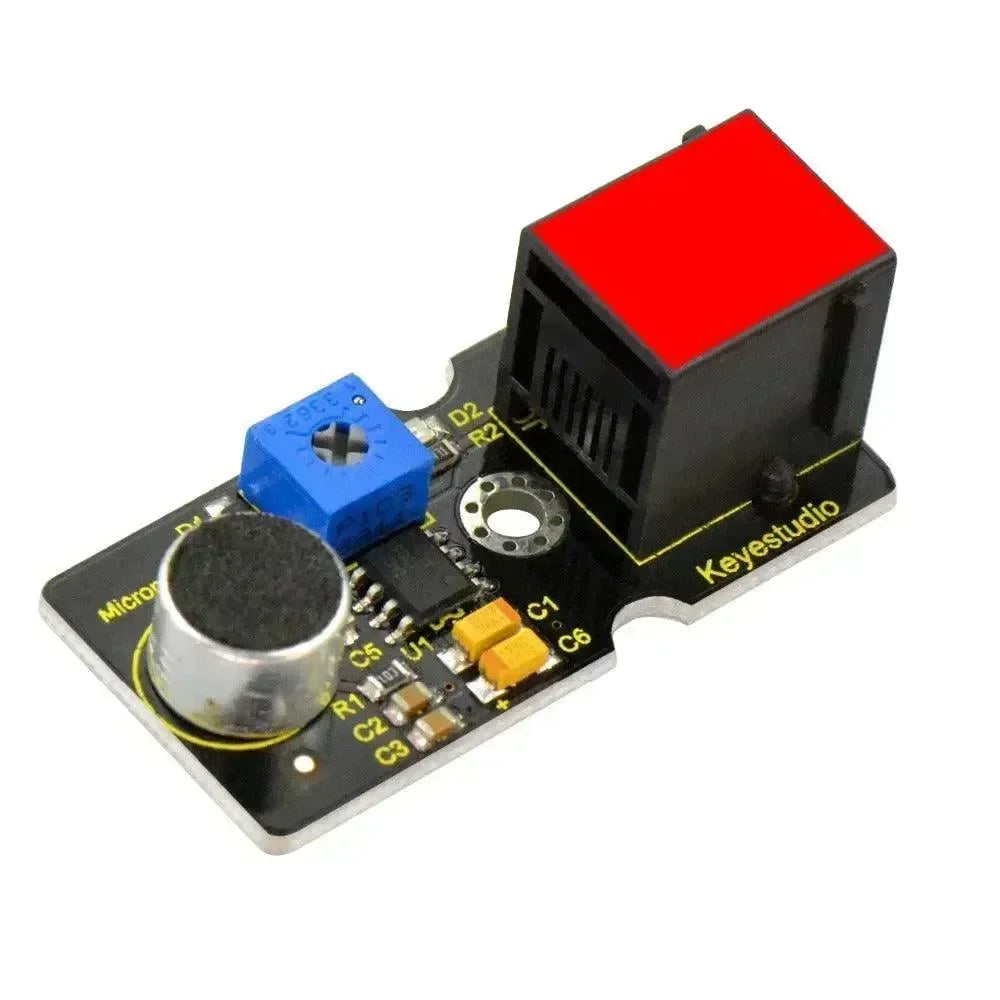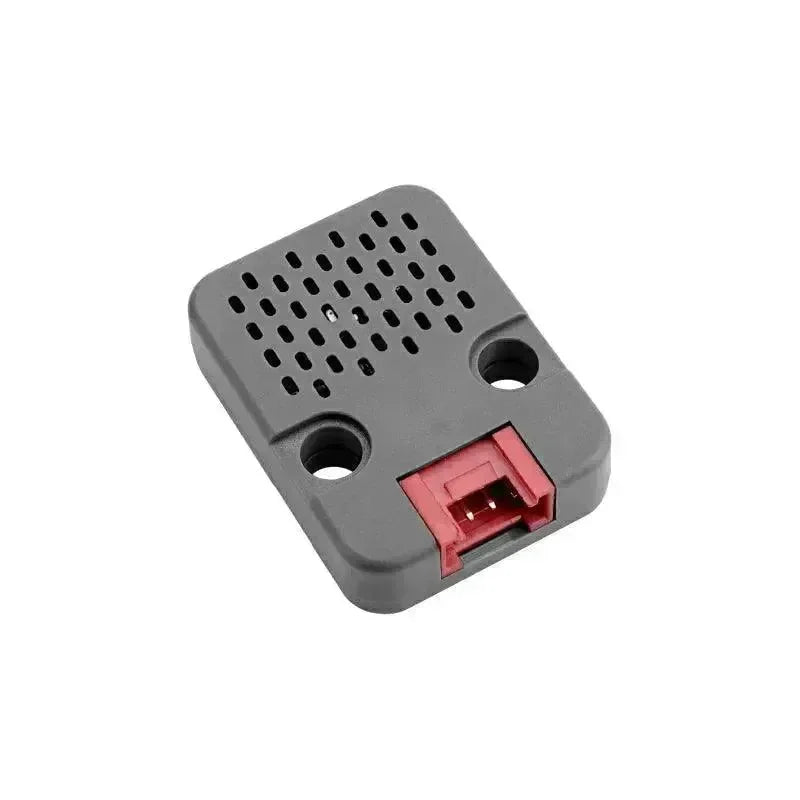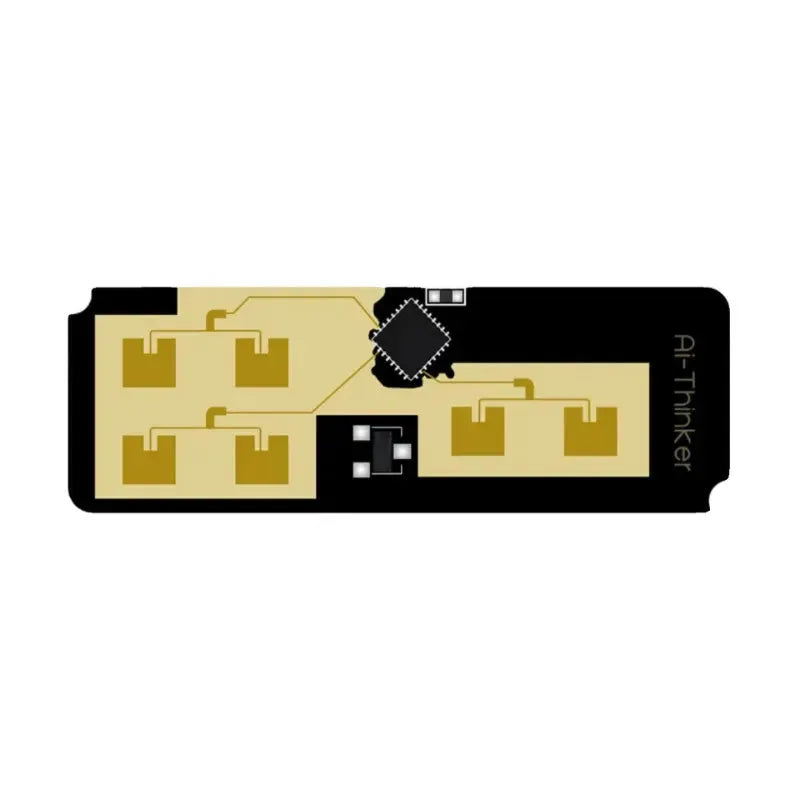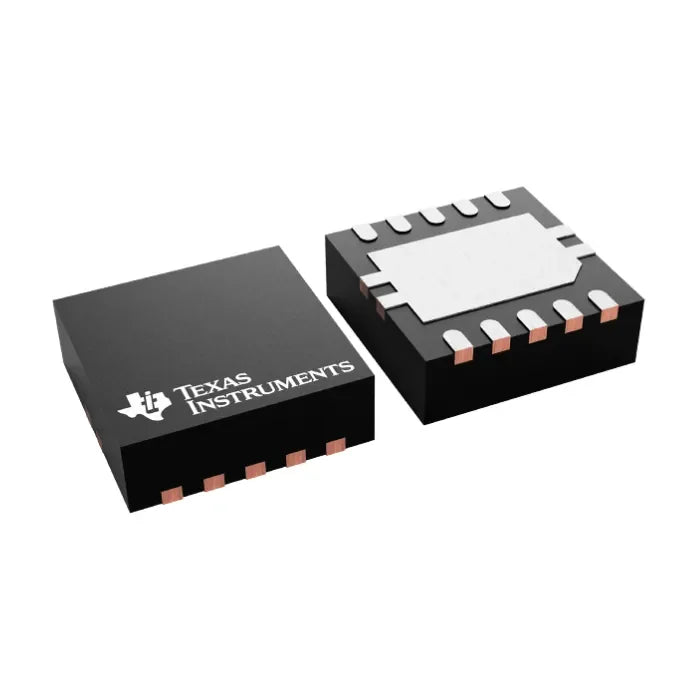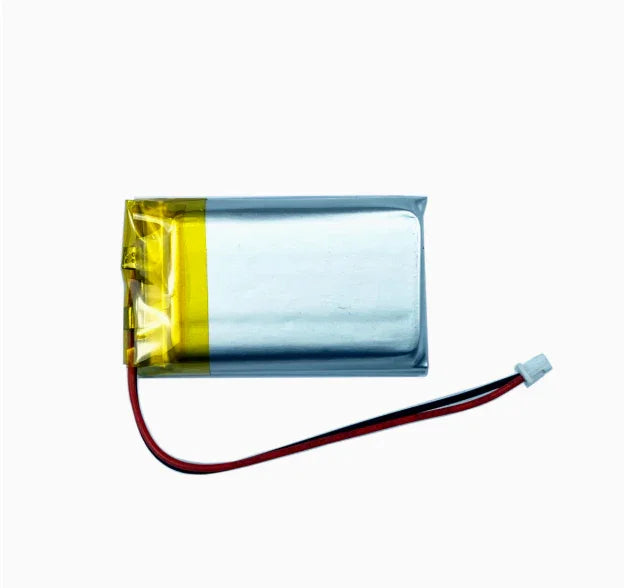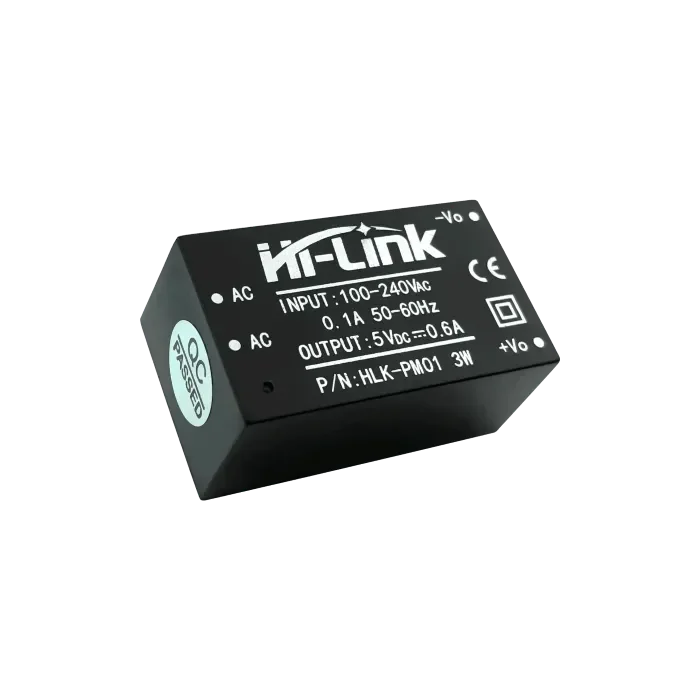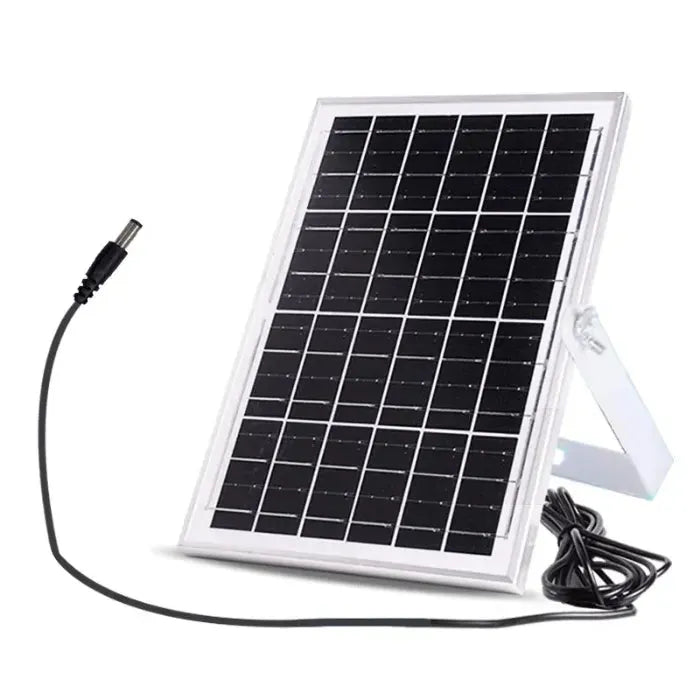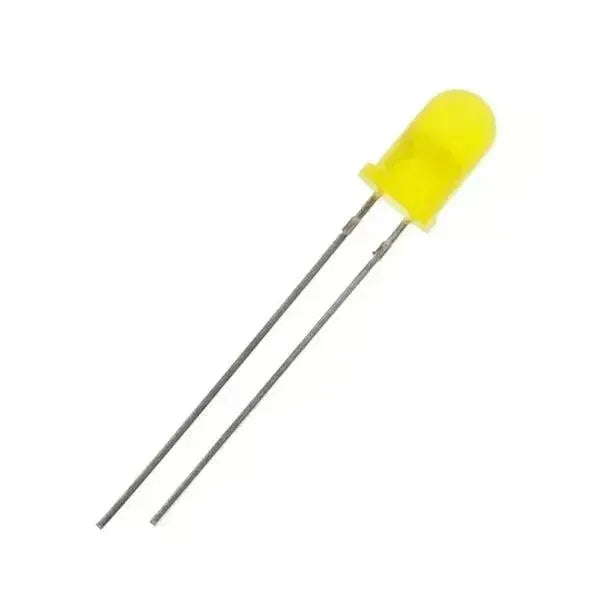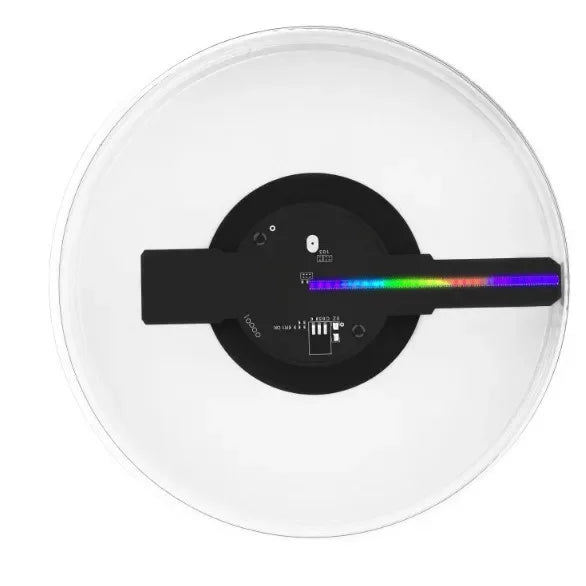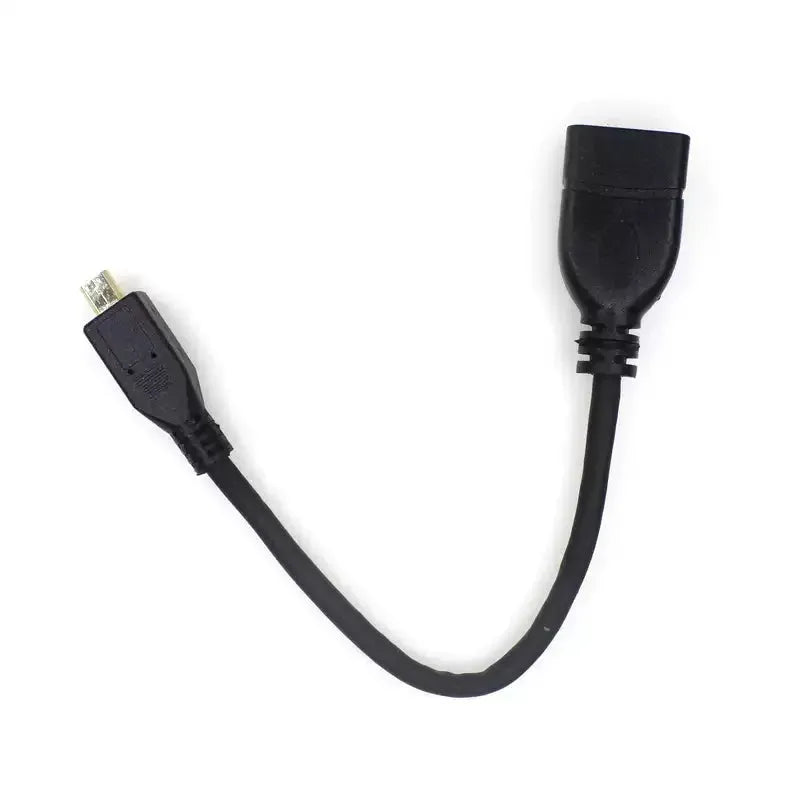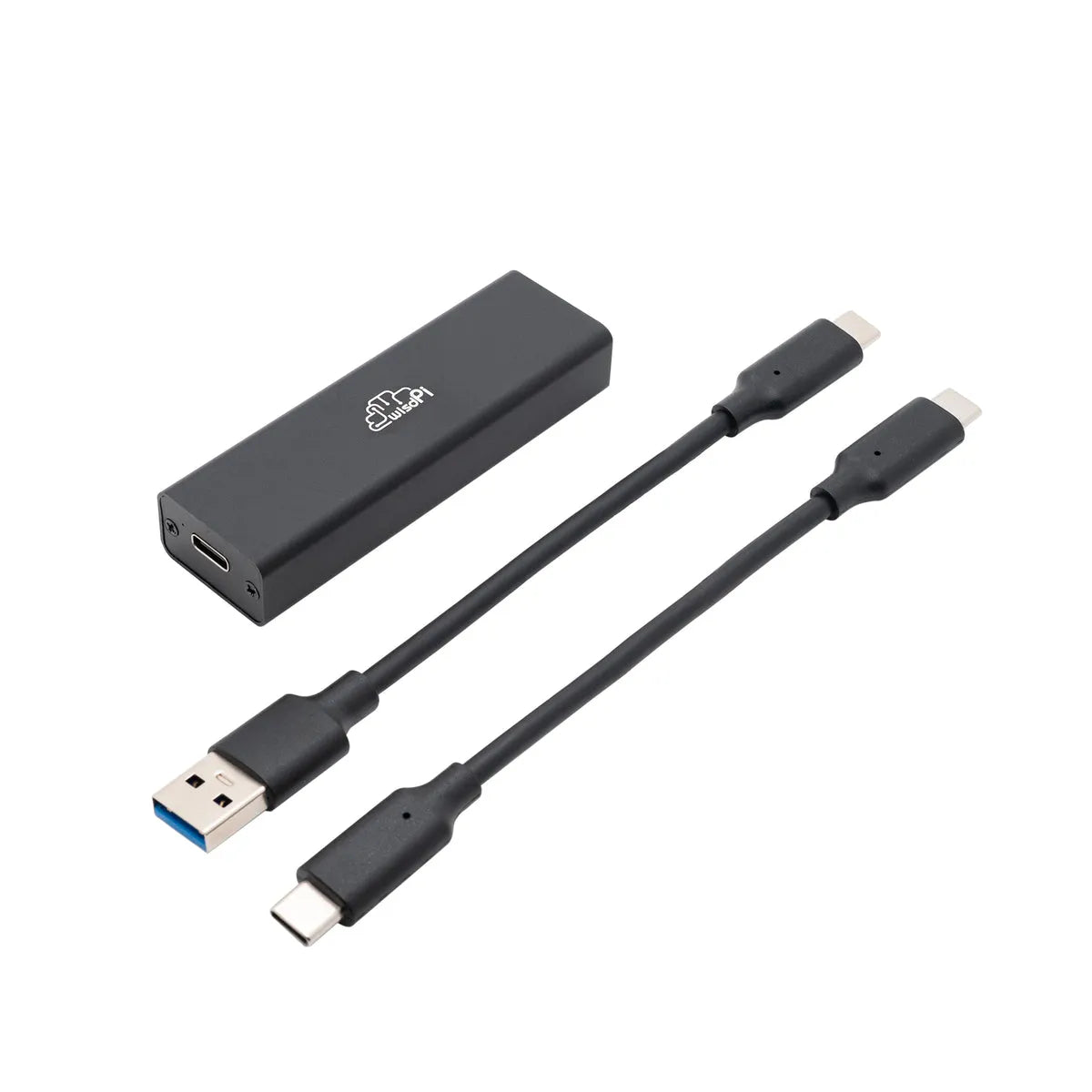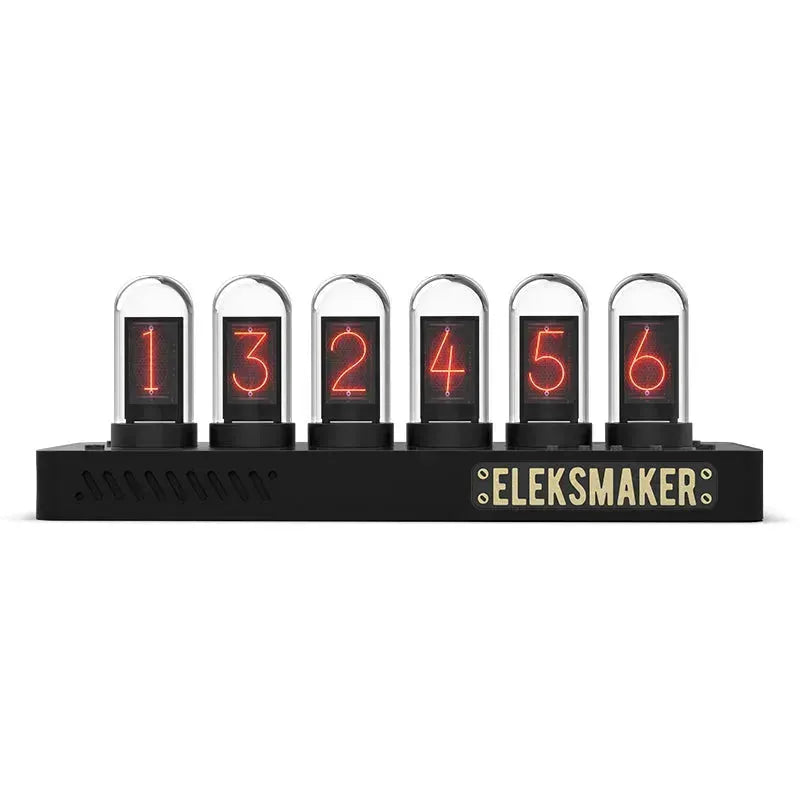Introduction

Key Features
-
Portal-Inspired Design
The calendar integrates visual elements from Portal and Portal 2 games, displaying hazard icons for specific date ranges: days 1–16 show Portal icons, while days 17–31 switch to Portal 2 icons. -
E-Ink Display Technology
The calendar features a 7.5-inch, 800x480 resolution e-ink display, optimized for low power consumption and extended readability. It uses a grayscale technique to improve visuals, perfect for battery-powered, long-term use. -
ESP32 Platform Integration
Built on the powerful ESP32 microcontroller, ChronoPortal offers dual-core processing, Wi-Fi, and Bluetooth functionality. It connects to the internet to sync real-time and weather data, utilizing OpenWeatherMap for dynamic weather updates. -
Open-Source and Customizable
All source code and 3D-printable case files are available on GitHub, enabling users to modify the project to fit their needs and contribute to its development.
Core Features
-
Date and Time Display: Shows the current date and time, including year, month, day, hour, minute, and second.
-
Weather Information: Integrates with OpenWeatherMap to provide either a 5-day or 12-hour forecast, displaying average weather conditions, high/low temperatures, and humidity.
-
Reminders and Notifications: Users can set reminders for important events, meetings, or birthdays to stay organized.
-
Customizable Themes: Users can switch themes to personalize the calendar according to their style and preferences.
Components
Assembly Instructions for ChronoPortal
-
Prepare the E-Ink Display:
-
If the display has a protective film, remove it by pulling the colored tab in the corner.
-
Gently pre-bend the ribbon cable and insert the display into the front.stl part, aligning the cable with the side slot.

-
Assemble the Case:
-
Ensure the display sits flush with the top and bottom edges of the front cover.
-
Place the back.stl component over the display, making sure the ribbon cable slides smoothly into the side slot.
-
Use M3x8 screws to secure the back cover to the front at each corner.

Connecting the E-Paper Driver HAT and ESP32
-
Connect the Driver Board:
-
Insert the e-Paper Driver HAT into the slot near the ribbon cable. Clip the ribbon cable into the connector and latch it securely.
-
Ensure the Display Config switch is set to B and the Interface Config switch to 0 to ensure proper functionality.
-
Wire the ESP32 to the Driver HAT:
| e-Paper HAT | <-> | ESP32 |
| VCC (Grey) | <-> | 3.3v |
| GND (Brown) | <-> | GND |
| DIN (Blue) | <-> | IO13 |
| CLK (Yellow) | <-> | IO14 |
| CS (Orange) | <-> | IO15 |
| DC (Green) | <-> | IO23 |
| RST (White) | <-> | IO33 |
| BUSY (Purple) | <-> | IO27 |
| PWR (Red) | <-> | IO32 |
Final Assembly
-
Attach the Battery Holder:
-
Use plastic bonder (e.g., JB Weld) to secure the battery holder inside the case.
-
Solder the red and black battery wires to the Vin and GND pins on the ESP32 board.

-
Secure the Cover:
-
Tuck all wires inside the case recess to prevent pinching. Ensure the ESP32 sits firmly in its place.
-
Install the printed cover.stl and secure it with M3x8 screws in each corner and one at the center above the battery holder.


